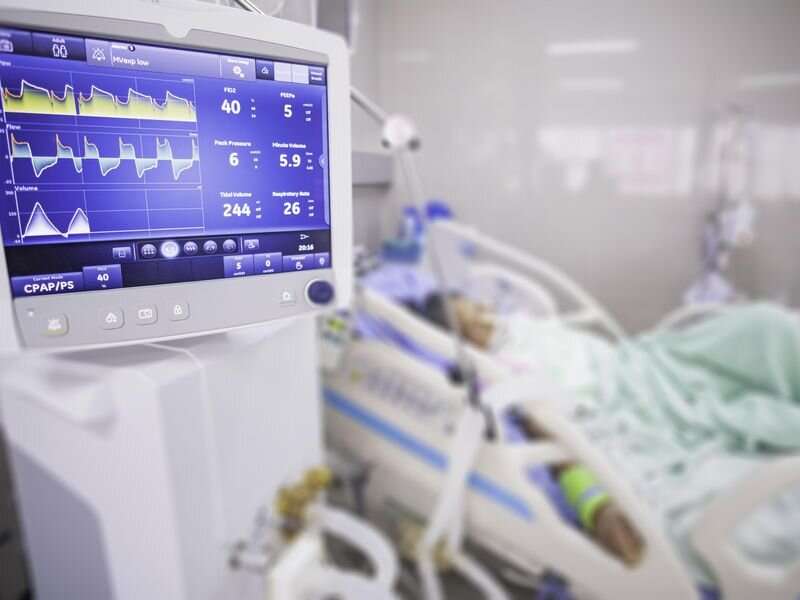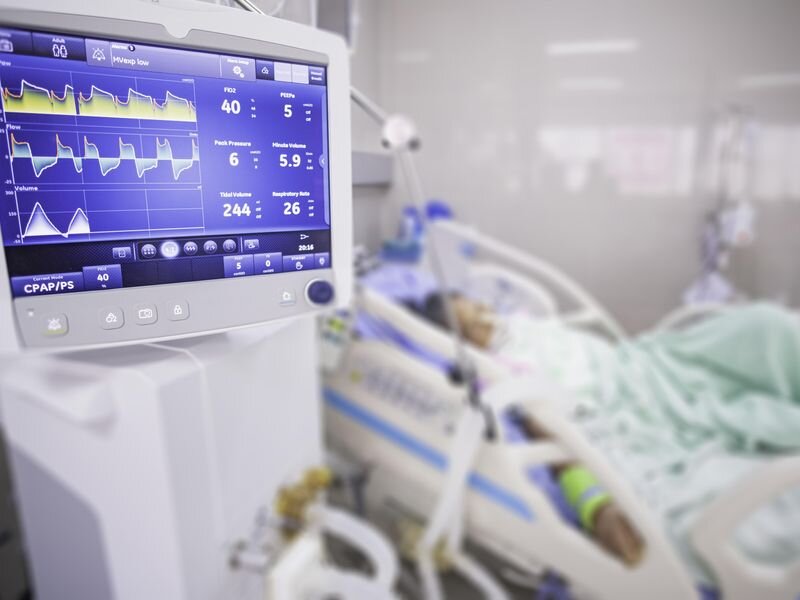
The level of sedation associated with the ability to follow voice commands seems to be higher than previously recommended, according to a study published online May 1 in the American Journal of Critical Care.
Caitlin Brown, Pharm.D., from the Mayo Clinic in Rochester, Minnesota, and colleagues conducted a prospective, observational study to ascertain the Sedation-Agitation Scale and Richmond Agitation-Sedation Scale scores that best describe patients’ ability to follow voice commands. Pairs of investigators assessed scores on the Sedation-Agitation Scale and Richmond Agitation-Sedation Scale and the ability to follow four specific commands before and up to two hours after lightening of sedation.
Ninety-six assessments were performed among medical intensive care unit patients: 50 before and 46 after lightening of sedation. The researchers found that the scores best associated with ability to follow three or more commands were Sedation-Agitation Scale score of 4 and Richmond Agitation-Sedation Scale score of −1 (positive predictive values of 0.88 and 0.81; likelihood ratios of 14.0 and 10.7, respectively); these were superior to the previously recommended thresholds of 3 and −3 on the Sedation-Agitation Scale and Richmond Agitation-Sedation Scale, respectively (positive predictive values of 0.62 and 0.52; likelihood ratios of 3.1 and 2.0, respectively).
Source: Read Full Article






